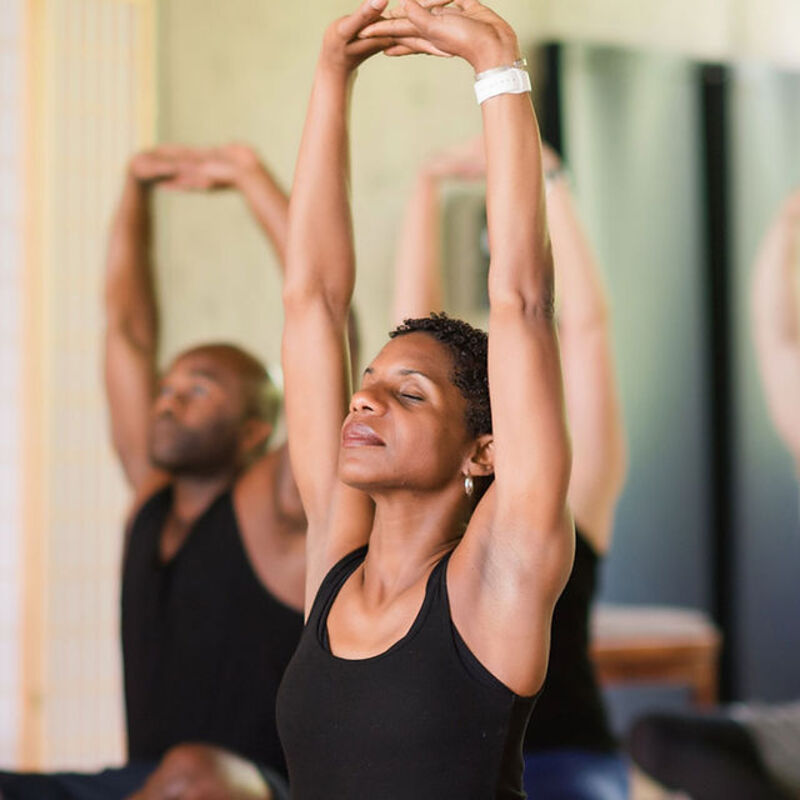In the vast landscape of yoga practices, Kripalu Yoga stands out for its unique approach to integrating body, mind, and spirit. This style of yoga embraces self-awareness and compassion, making it accessible to practitioners of all levels. Whether you are a seasoned yogi or a beginner, understanding Kripalu Yoga can significantly enhance your yoga journey. Therefore, this comprehensive guide aims to delve into the origins, principles, benefits, and practice of Kripalu Yoga. By exploring these aspects, you can gain deeper insight into this transformative yoga style.
Origins and Philosophy of Kripalu Yoga
To appreciate Kripalu Yoga fully, it is essential to understand its origins and underlying philosophy. Therefore, exploring the history and principles of Kripalu Yoga sets the foundation for your practice.
Roots and Development
Kripalu Yoga originated in the early 20th century, founded by the Indian yogi Swami Kripalvananda. Swami Kripalvananda, affectionately known as Swami Kripalu, dedicated his life to the teachings of yoga and meditation. His deep understanding of yoga philosophy and practice laid the groundwork for Kripalu Yoga. In the 1960s, Kripalu Yoga was introduced to the Western world by his disciple, Amrit Desai. The Kripalu Center for Yoga & Health, established in the United States, became a hub for this yoga style. Therefore, the roots and development of Kripalu Yoga are deeply connected to the teachings of Swami Kripalu.
Core Principles
Kripalu Yoga is built on core principles that emphasize self-awareness, compassion, and the integration of body, mind, and spirit. One of the central tenets is “listening to the body,” encouraging practitioners to honor their physical limitations and needs. This approach fosters a non-judgmental attitude, promoting acceptance and kindness towards oneself. Additionally, the practice integrates mindfulness and breath awareness, enhancing the connection between physical postures and mental states. Therefore, the core principles of Kripalu Yoga create a holistic and introspective practice.

The Practice of Kripalu Yoga
Engaging in the practice of Kripalu Yoga involves understanding its components and techniques. Therefore, exploring the practice helps you delve into its transformative potential.
Three Stages of Practice
Kripalu Yoga consists of three stages: Willful Practice, Will and Surrender Practice, and Surrender to the Flow. The first stage, Willful Practice, focuses on mastering the alignment and technique of yoga postures (asanas). Practitioners develop physical strength, flexibility, and awareness of breath during this stage. The second stage, Will and Surrender Practice, begins to integrate mental and emotional awareness with physical postures. Practitioners learn to observe their thoughts and emotions without attachment. The final stage, Surrender to the Flow, emphasizes spontaneous movement and deep surrender to inner wisdom. Therefore, the three stages of Kripalu Yoga guide practitioners through a progressive and holistic journey.
Asanas and Sequences
Kripalu Yoga incorporates a variety of asanas (yoga postures) and sequences designed to align the body and enhance energy flow. Common postures include foundational poses like Mountain Pose (Tadasana), Downward-Facing Dog (Adho Mukha Svanasana), and Warrior Poses (Virabhadrasana). These asanas are practiced with mindfulness and breath awareness, allowing for a deeper connection to the present moment. Sequences often begin with gentle warm-ups, progress to more dynamic postures, and conclude with relaxation. Therefore, the combination of asanas and sequences in Kripalu Yoga fosters physical and mental well-being.
Benefits of Kripalu Yoga
Practicing Kripalu Yoga offers numerous benefits, enhancing physical, mental, and spiritual health. Therefore, understanding these benefits underscores the value of incorporating Kripalu Yoga into your life.
Physical Benefits
Kripalu Yoga provides a range of physical benefits, improving overall health and vitality. Regular practice enhances flexibility, strength, and balance, supporting the body’s functional movement. Additionally, the mindful approach to postures aids in reducing physical tension and alleviating chronic pain. The emphasis on breath awareness promotes deeper and more efficient breathing, enhancing lung capacity and circulation. Therefore, the physical benefits of Kripalu contribute to a healthier and more resilient body.
Mental and Emotional Benefits
Beyond physical health, Kripalu Yoga significantly impacts mental and emotional well-being. The practice’s focus on mindfulness and self-awareness helps reduce stress, anxiety, and depression. By observing thoughts and emotions without judgment, practitioners cultivate a sense of presence and inner peace. The non-competitive and compassionate nature of Kripalu Yoga fosters self-acceptance and enhances self-esteem. Therefore, the mental and emotional benefits of Kripalu Yoga support a balanced and harmonious mind.

Integrating Kripalu Yoga into Daily Life
Integrating Kripalu into daily life extends its benefits beyond the mat. Therefore, exploring practical ways to incorporate this yoga style into your routine enhances its impact.
Establishing a Home Practice
Establishing a home practice is a practical way to integrate Kripalu Yoga into your daily life. Create a dedicated space in your home where you can practice without distractions. Start with short sessions, gradually increasing the duration as you become more comfortable. Use resources such as online classes, books, or videos to guide your practice. Consistency is key, so aim to practice regularly, even if only for a few minutes each day. Therefore, establishing a home practice makes Kripalu an integral part of your daily routine.
Mindful Living
Kripalu Yoga’s principles of mindfulness and self-awareness can be applied to various aspects of daily life. Practice mindful eating by paying attention to your food’s taste, texture, and appearance without distractions. Incorporate breath awareness into daily activities like walking, washing dishes, or driving. Approach challenges with a non-judgmental attitude, observing your thoughts and emotions without attachment. Therefore, integrating mindful living enhances the overall impact of Kripalu on your life.
Kripalu Yoga for Different Populations
Kripalu Yoga is inclusive and adaptable, making it suitable for diverse populations. Therefore, understanding its wide applicability highlights the accessibility of this yoga style.

Beginners
Kripalu Yoga is particularly welcoming to beginners, offering a gentle and supportive introduction to yoga. The emphasis on self-awareness allows beginners to practice at their own pace, respecting their physical limitations. Instructors provide modifications and variations of postures to accommodate different levels of experience and fitness. Beginners are encouraged to listen to their bodies and progress gradually, fostering a positive and sustainable practice. Therefore, Kripalu is an excellent choice for those new to yoga.
Seniors and Special Populations
Kripalu Yoga also benefits seniors and individuals with special needs or health conditions. The practice’s adaptable approach allows for modifications to suit varying abilities and physical conditions. Gentle and restorative postures can improve flexibility, strength, and balance in seniors, enhancing their quality of life. For individuals with chronic conditions or disabilities, Kripalu offers a compassionate and non-competitive environment. Therefore, the inclusivity of Kripalu makes it accessible and beneficial for seniors and special populations.
Conclusion
Kripalu Yoga is a transformative practice that integrates body, mind, and spirit, offering numerous benefits for practitioners of all levels. This style of yoga embraces self-awareness and compassion, making it accessible to practitioners of all levels. Understanding its origins and core principles provides a foundation for appreciating its holistic approach. The practice of Kripalu, with its three stages and diverse asanas, fosters physical, mental, and spiritual well-being. The benefits extend beyond the mat, enhancing daily life through mindfulness and self-awareness. Establishing a home practice and embracing mindful living further integrate Kripalu Yoga’s principles into your routine. The practice’s inclusivity makes it accessible to beginners, seniors, and special populations, emphasizing its adaptability. Therefore, by exploring and practicing Kripalu, you can embark on a journey of self-discovery, inner peace, and holistic health.














































